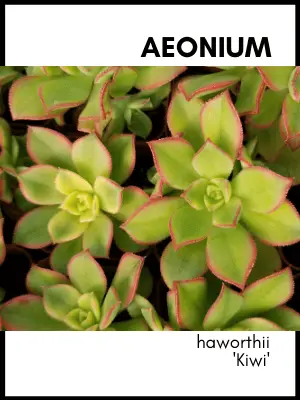Are you looking for a succulent that’s both eye-catching and easy to care for? Look no further than the Aeonium haworthii ‘Kiwi’, a vibrant and hardy succulent that can brighten up any space. In this comprehensive guide, we’ll cover everything you need to know to help your Kiwi thrive.
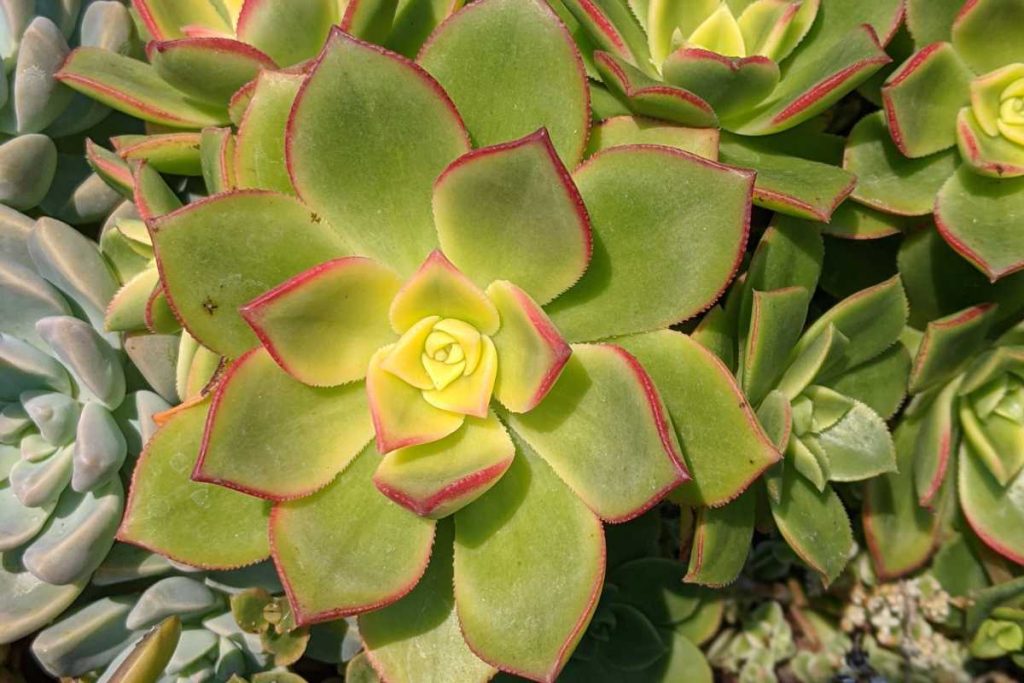
Dig in!
Origin and Characteristics
Native Habitat
Aeonium haworthii ‘Kiwi’ is a hybrid succulent native to the Canary Islands. This beautiful plant is known for its unique appearance and adaptability to various environments, making it a popular choice among succulent enthusiasts.
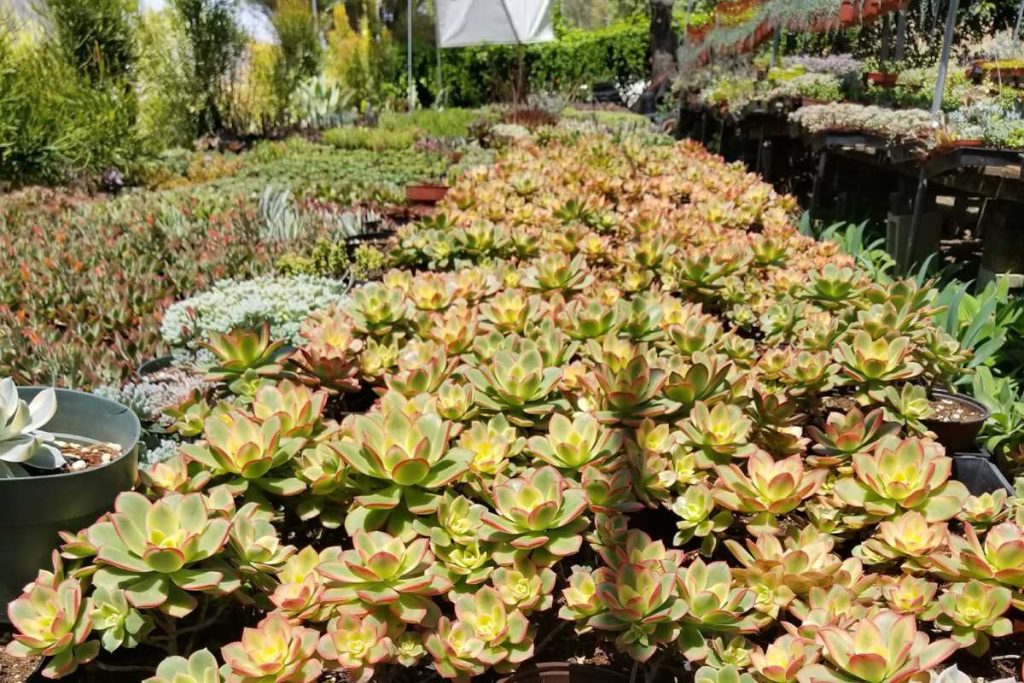
Appearance and Growth Pattern
The Kiwi is characterized by its rosette-shaped leaves that display a gradient of green, yellow, and pink hues. It can grow up to 3 feet tall and 2 feet wide, with a branching growth pattern that creates an attractive landscape feature.
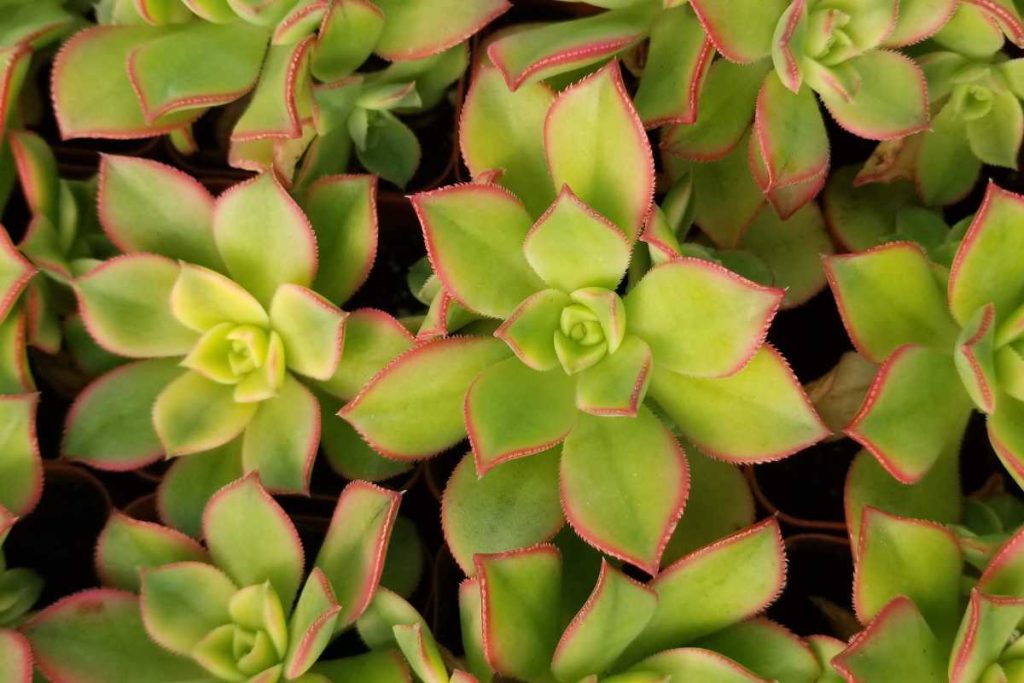
Aeonium haworthii ‘Kiwi’ is Monocarpic
Aeonium haworthii ‘Kiwi’ is a stunning and popular succulent that is known for its vibrant colors and unique foliage. However, it’s important to know that this plant is monocarpic, which means that it will die after it flowers.
Monocarpic plants are those that only flower once in their lifetime before dying. In the case of Aeonium haworthii ‘Kiwi’, the plant will produce a tall, cone-shaped inflorescence that can reach up to two feet in height. The death bloom is made up of small, star-shaped flowers that range in color from yellow to green.
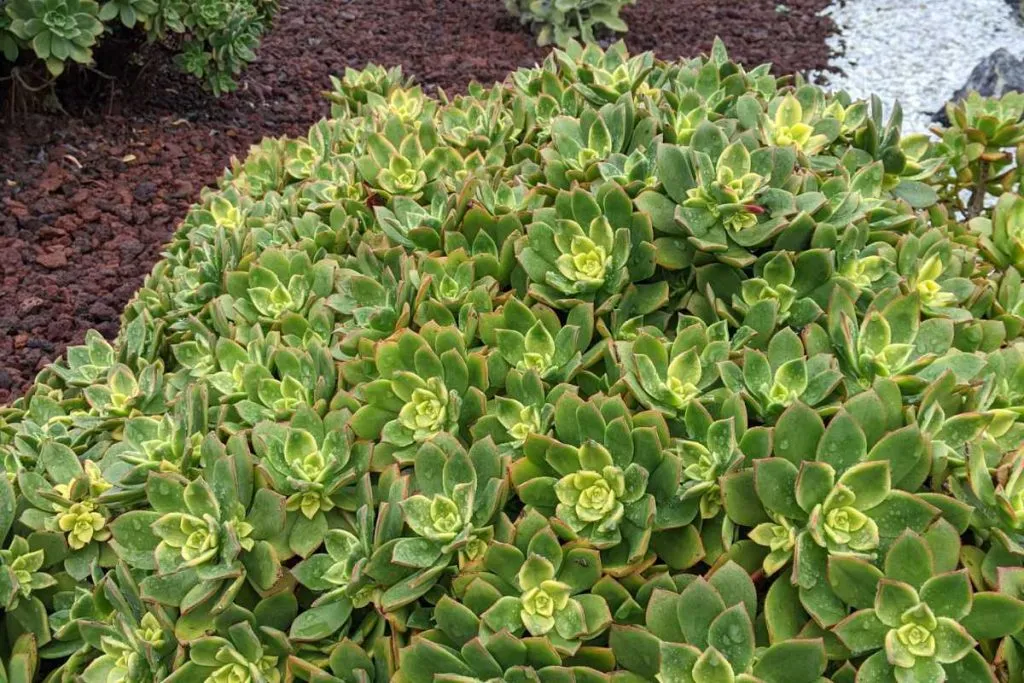
Once the inflorescence has finished blooming, the plant will begin to die back. The leaves will turn yellow and eventually fall off, leaving behind a bare stem. At this point, the plant is considered to be at the end of its life cycle, and there is nothing that can be done to save it.
While it may seem sad that this beautiful plant has such a short lifespan, it’s important to remember that monocarpic plants are simply following their natural life cycle. In fact, many monocarpic plants, including Aeonium haworthii ‘Kiwi’, will produce offsets or “pups” before they die. These pups can be removed and replanted to create new plants, ensuring that the beauty of the plant can be enjoyed for years to come.
How to Care for Aeonium haworthii ‘Kiwi’
Soil Requirements
Like most succulents, Aeonium haworthii ‘Kiwi’ thrives in well-draining soil. A mixture of cactus or succulent potting mix and perlite or pumice is ideal. A good rule of thumb is to use a 2:1 ratio of potting mix to drainage material.
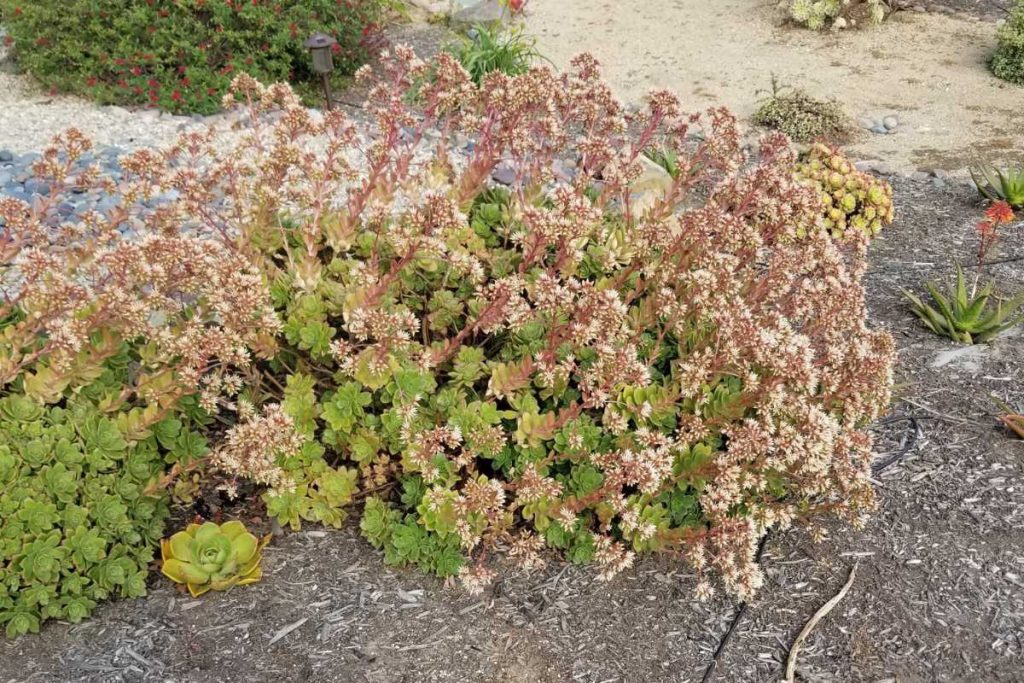
Watering Schedule
Aeonium haworthii ‘Kiwi’ is drought-tolerant but prefers a consistent watering schedule. Allow the soil to dry out between waterings, then provide a thorough soak. Be careful not to overwater, as this can lead to root rot.
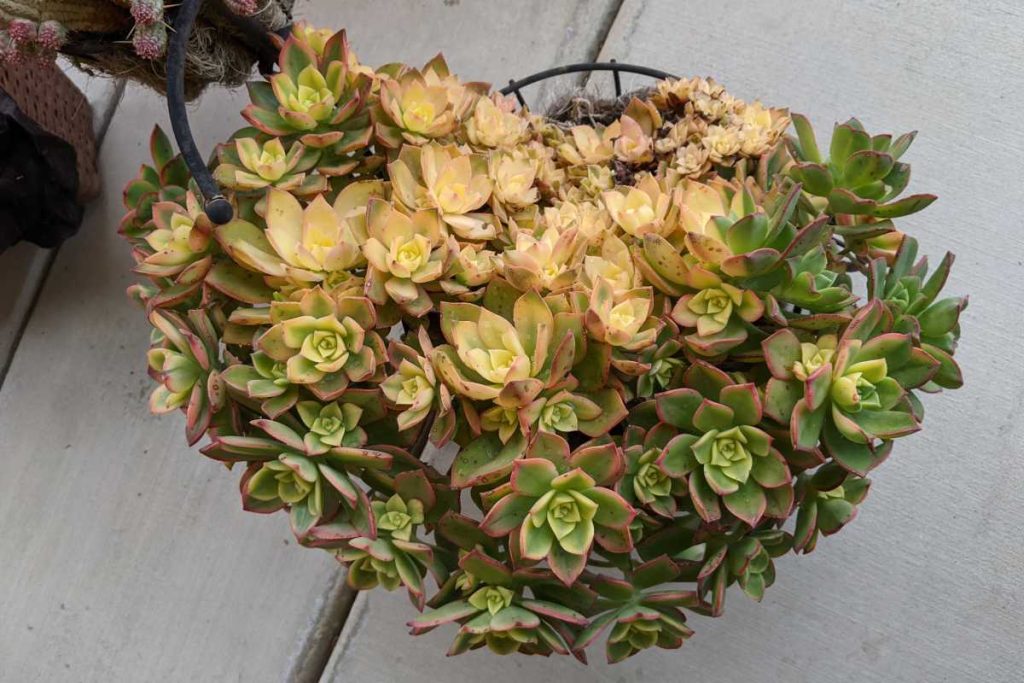
Sunlight and Temperature Needs
Your Kiwi will thrive in bright, indirect sunlight. Too much direct sun can cause the vibrant colors to fade and scorch the leaves. Aeonium haworthii ‘Kiwi’ can tolerate temperatures between 40°F and 100°F, but it’s essential to protect it from frost and extreme heat.
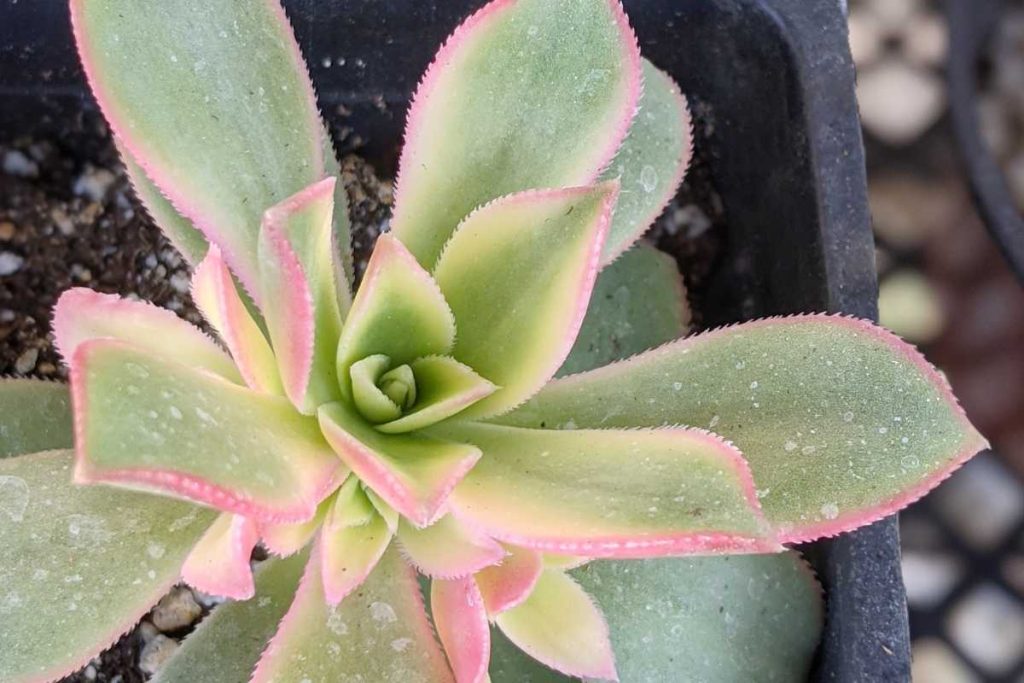
Fertilization
Fertilize your Kiwi sparingly, using a balanced liquid fertilizer diluted to half strength. Apply the fertilizer during the growing season, which typically lasts from spring to fall.
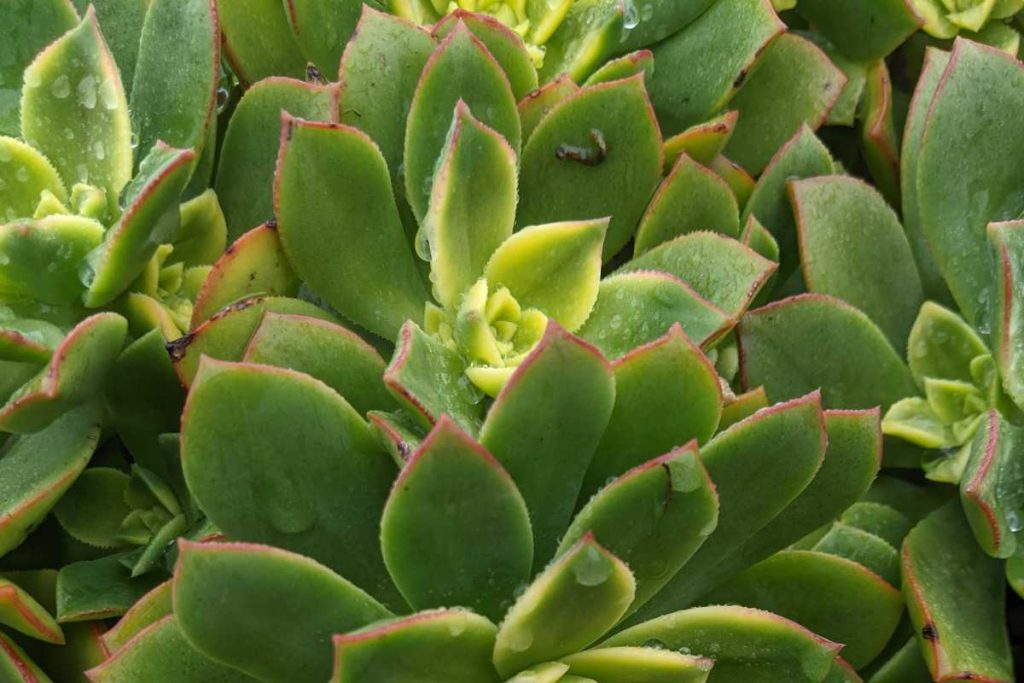
Propagation Methods
Propagation from Leaves
While leaf propagation is possible, it’s not as reliable as stem cutting propagation. To try this method, gently twist off a healthy leaf and let it callous for a few days. Place the calloused leaf on well-draining soil and wait for roots to develop.
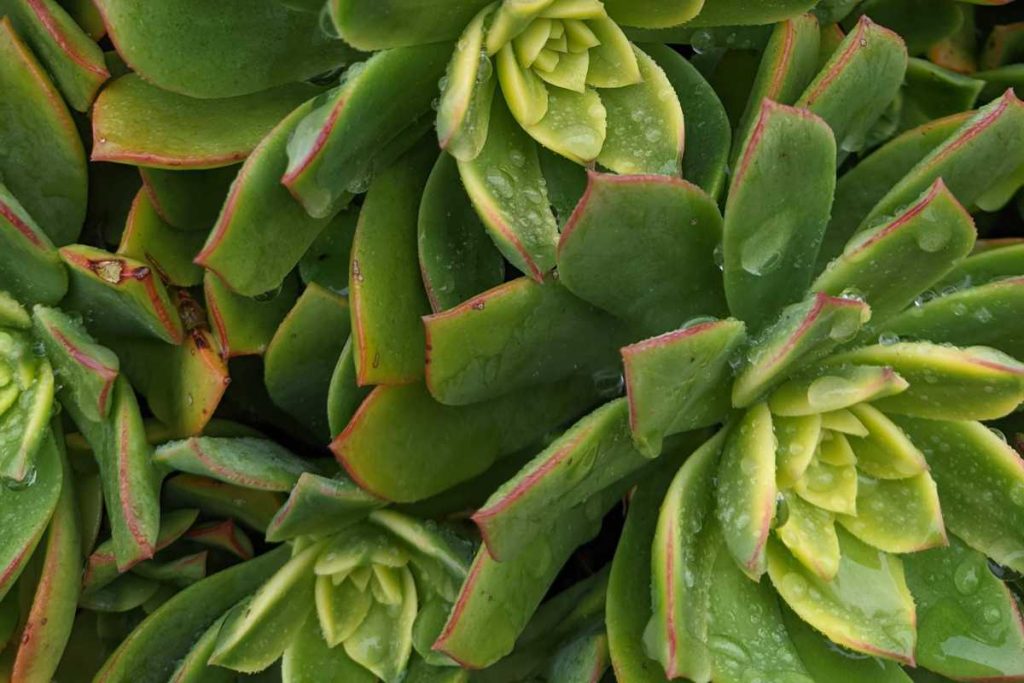
Propagation from Stem Cuttings
Stem cutting propagation is the preferred method for Aeonium haworthii ‘Kiwi’. Simply take a sharp, sterilized knife and cut a healthy stem segment. Let the cutting dry for a few days, then plant it in well-draining soil. Water sparingly until roots form and new growth appears.
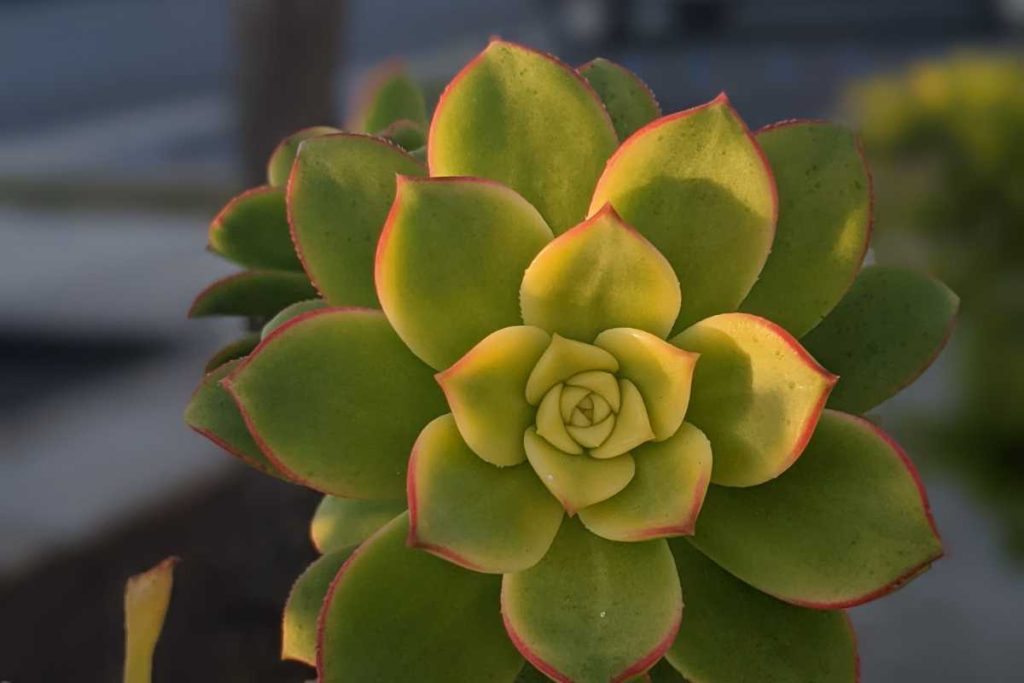
Common Problems and Solutions
Leaves Falling Off
Leaf loss can be a sign of stress, such as overwatering or insufficient sunlight. Assess your care routine and adjust accordingly. Don’t worry—your Kiwi can bounce back withproper care!
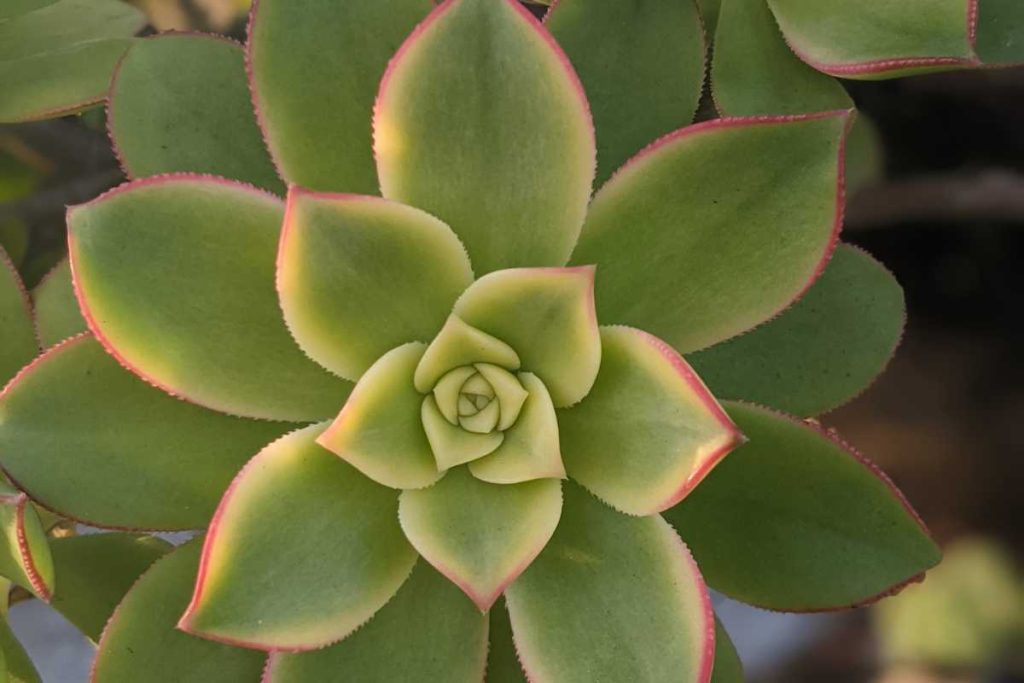
Root Rot and Overwatering
Root rot is a common issue for succulents when they receive too much water. If you notice black, mushy roots, remove the affected parts and let the plant dry out. Repot your Kiwi in fresh, well-draining soil, and be mindful of your watering schedule.
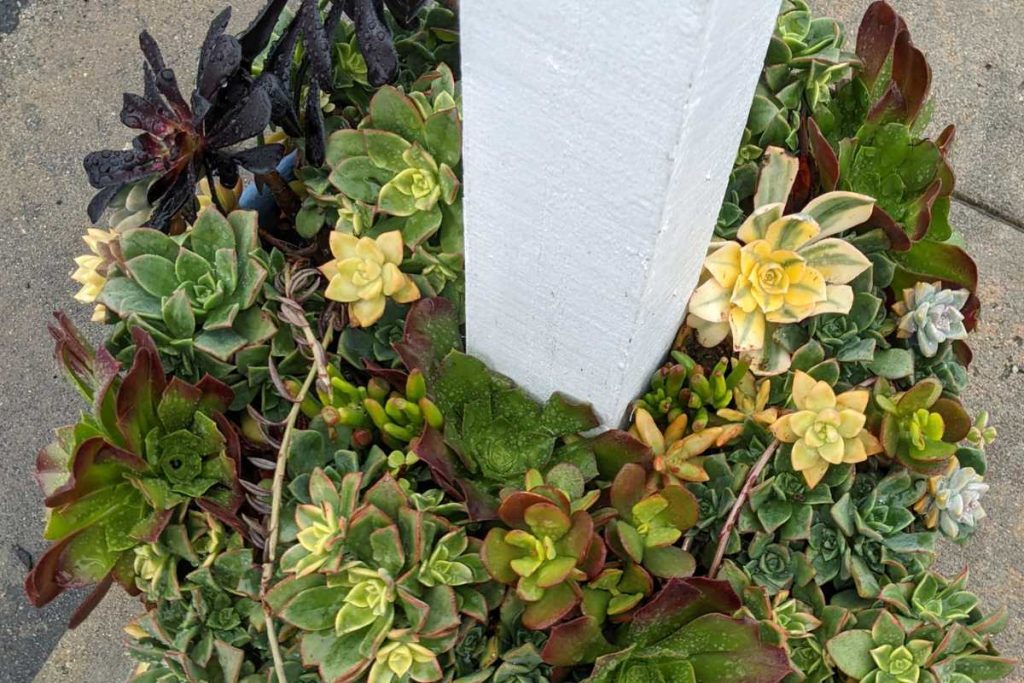
Pests and Diseases
Aeonium haworthii ‘Kiwi’ can fall victim to pests like mealybugs, aphids, and spider mites. Keep an eye out for these critters, and treat any infestations with insecticidal soap or neem oil. Maintain a clean environment to prevent the spread of disease.
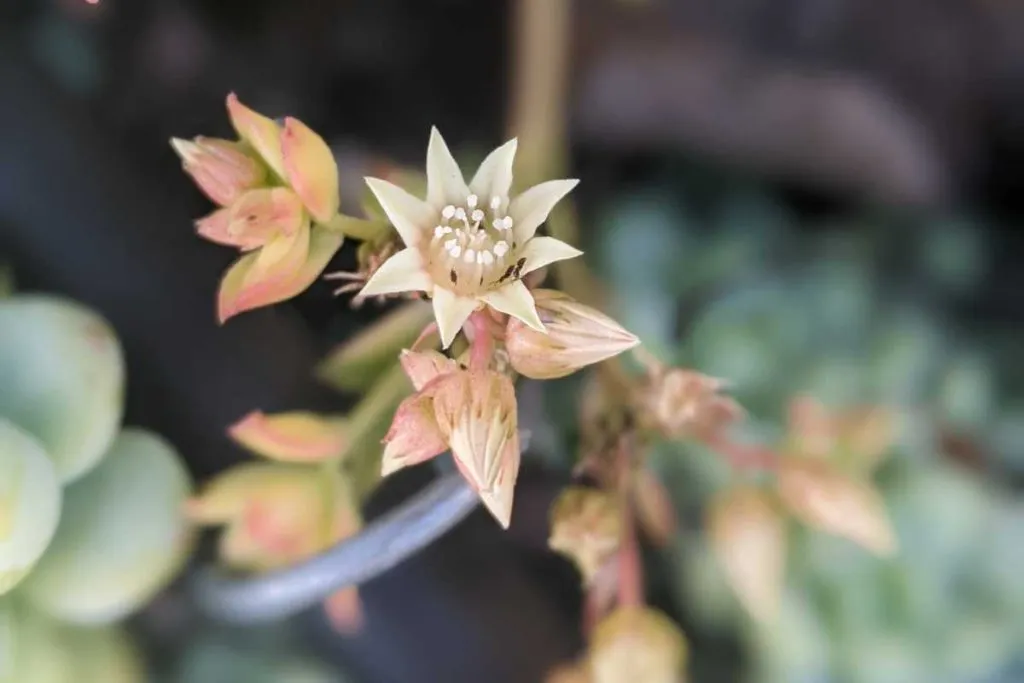
Black Marks on Leaves
It’s important to handle Aeonium haworthii ‘Kiwi’ with care, as the leaves are prone to bruising. If the leaves are squeezed or brushed against, black marks may appear on the affected area. However, it’s worth noting that these marks are purely cosmetic and do not affect the health of the plant. In fact, some people find that the black marks add to the unique and interesting appearance of the plant. To prevent bruising, it’s best to handle the plant as little as possible and to be gentle when moving it or repotting it.
Aeonium haworthii ‘Kiwi’ in the Home and Garden
Indoor vs. Outdoor Cultivation
The Kiwi can be grown both indoors and outdoors, depending on your climate and preferences. If grown indoors, place the plant near a bright window with filtered light. If you live in a mild climate, your Kiwi can thrive outdoors in a shaded area.
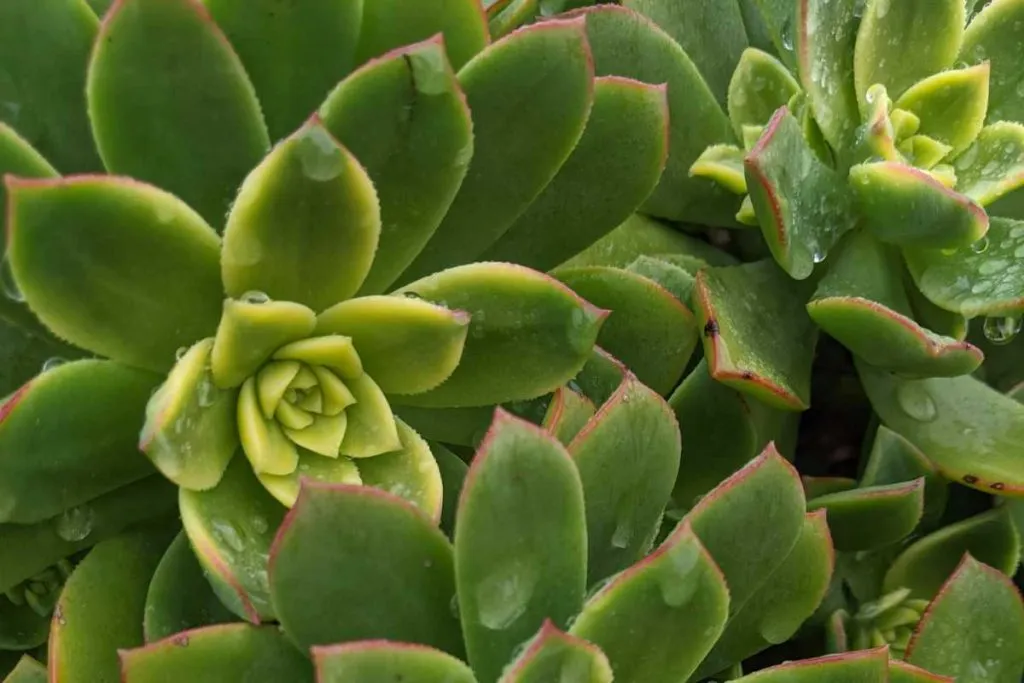
Container Gardening Tips
Container gardening is an excellent way to showcase your Aeonium haworthii ‘Kiwi’. Choose a pot with drainage holes to prevent waterlogging, and use a well-draining soil mix. Don’t forget to upgrade your pot as your Kiwi grows!
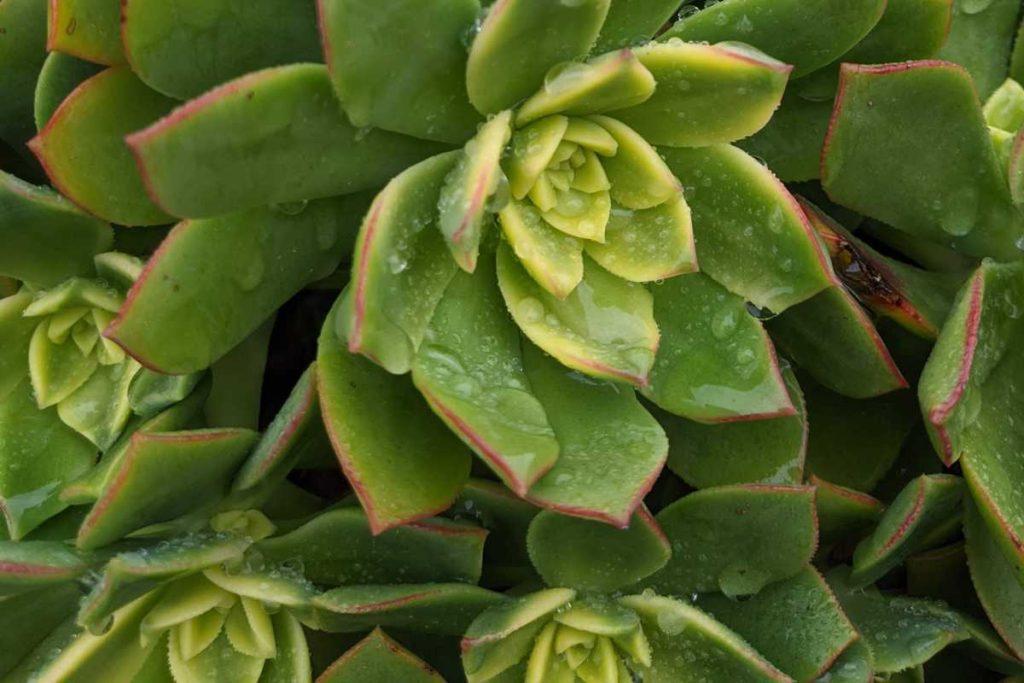
Aeonium haworthii ‘Kiwi’ is a stunning and versatile succulent that can bring a pop of color to your home or garden. By following this comprehensive care guide, you’ll be well on your way to helping your Kiwi flourish. Remember to provide the right soil, monitor your watering schedule, and protect your plant from pests and diseases. With a little love and care, your Aeonium haworthii ‘Kiwi’ will reward you with its beautiful, vibrant foliage for years to come.

